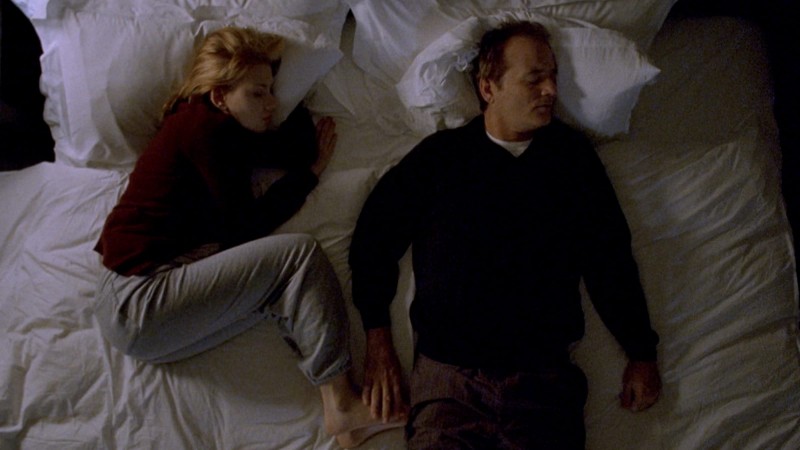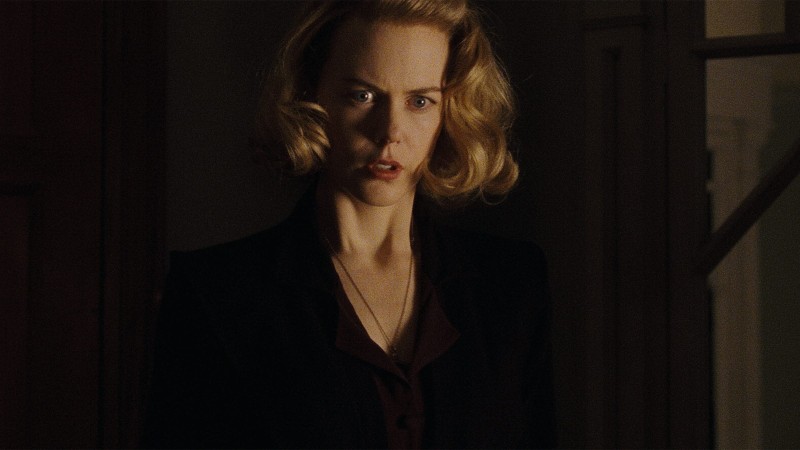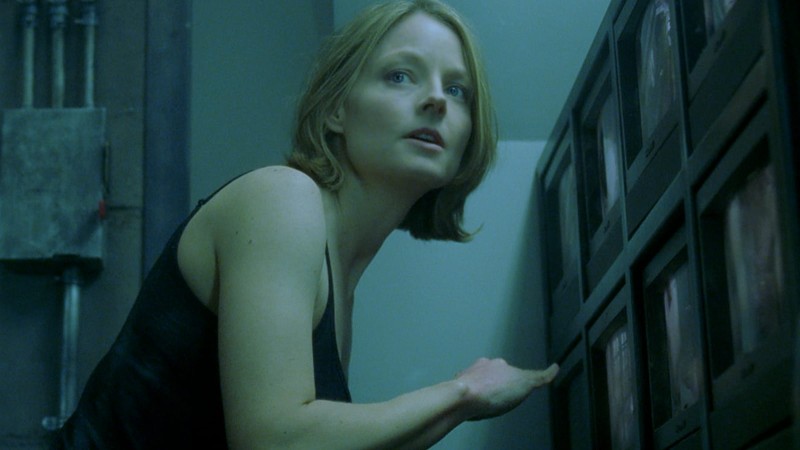The Darkness of War in Wooden Crosses
Often considered a French companion to Lewis Milestone’s All Quiet on the Western Front and G. W. Pabst’s Westfront 1918, Raymond Bernard’s Wooden Crosses is one of the most shattering cinematic accounts of the horrors of battle during World War I. In addition to its vividly realistic look at life in the trenches, achieved with a lavish budget and extraordinary production values, the film is also notable for the subtlety of its techniques. For this month’s episode of Observations on Film Art, now streaming on the Criterion Channel on FilmStruck, film-studies scholar Kristin Thompson examines how Wooden Crosses distinguishes itself from other war dramas of its era through its lyrical style, which serves as a powerful counterpoint to its brutal depictions of combat. Watch the above excerpt to find out what the film’s title signified for audiences who had lived through the war, then head to the Channel to view the full episode along with Bernard’s masterpiece.




